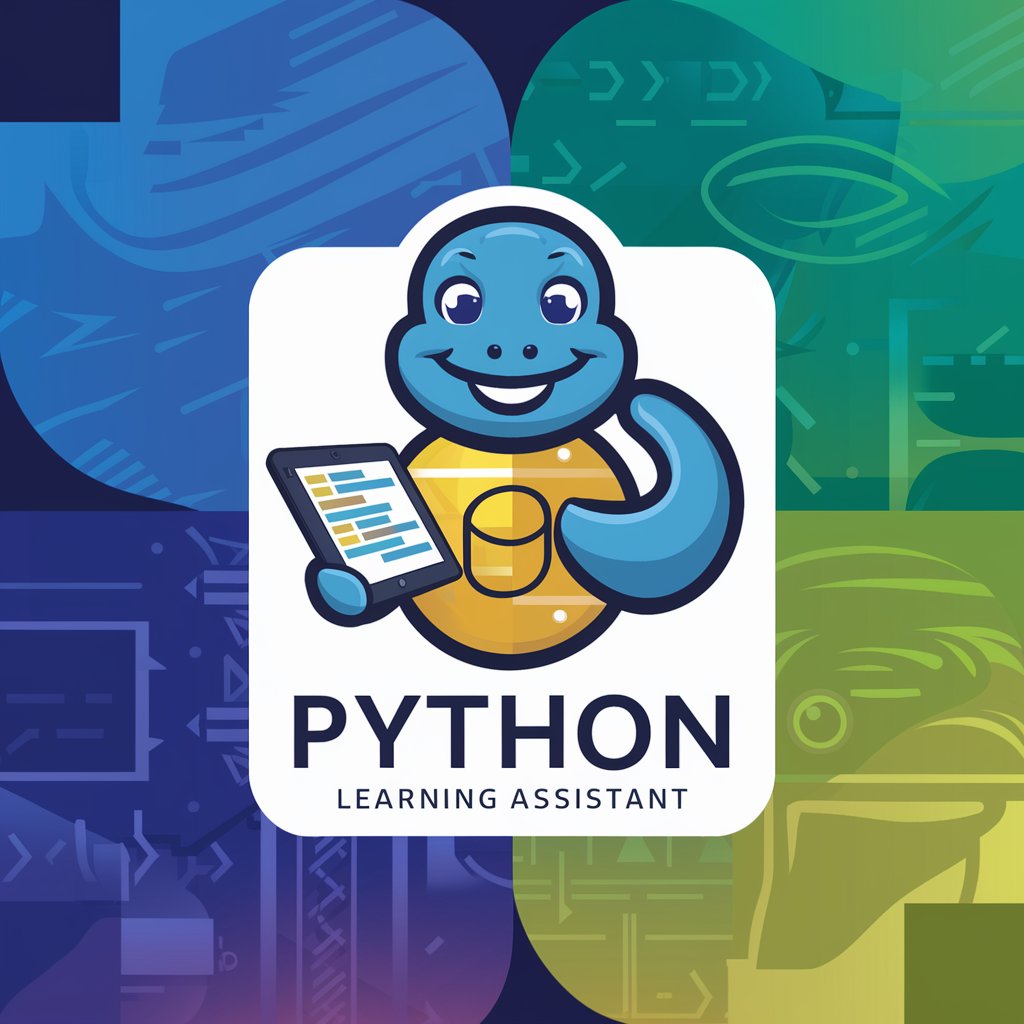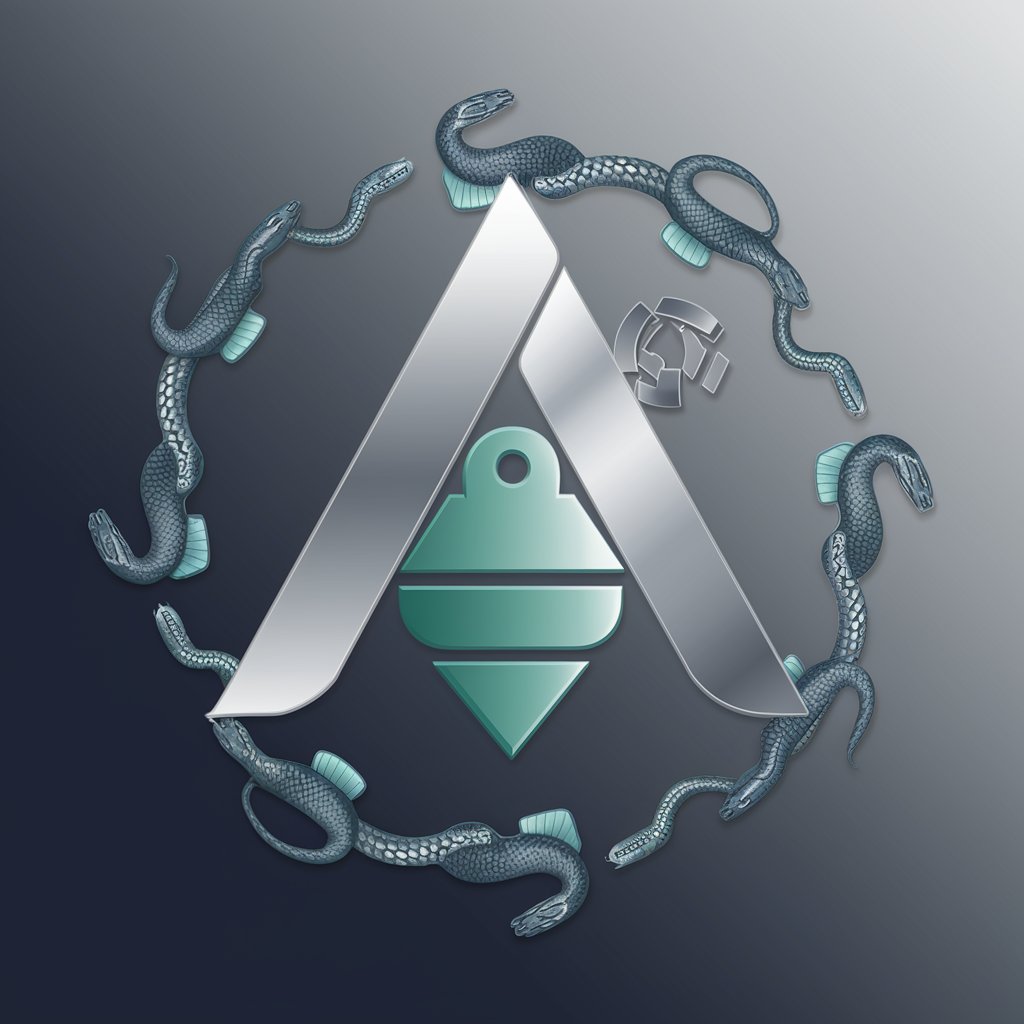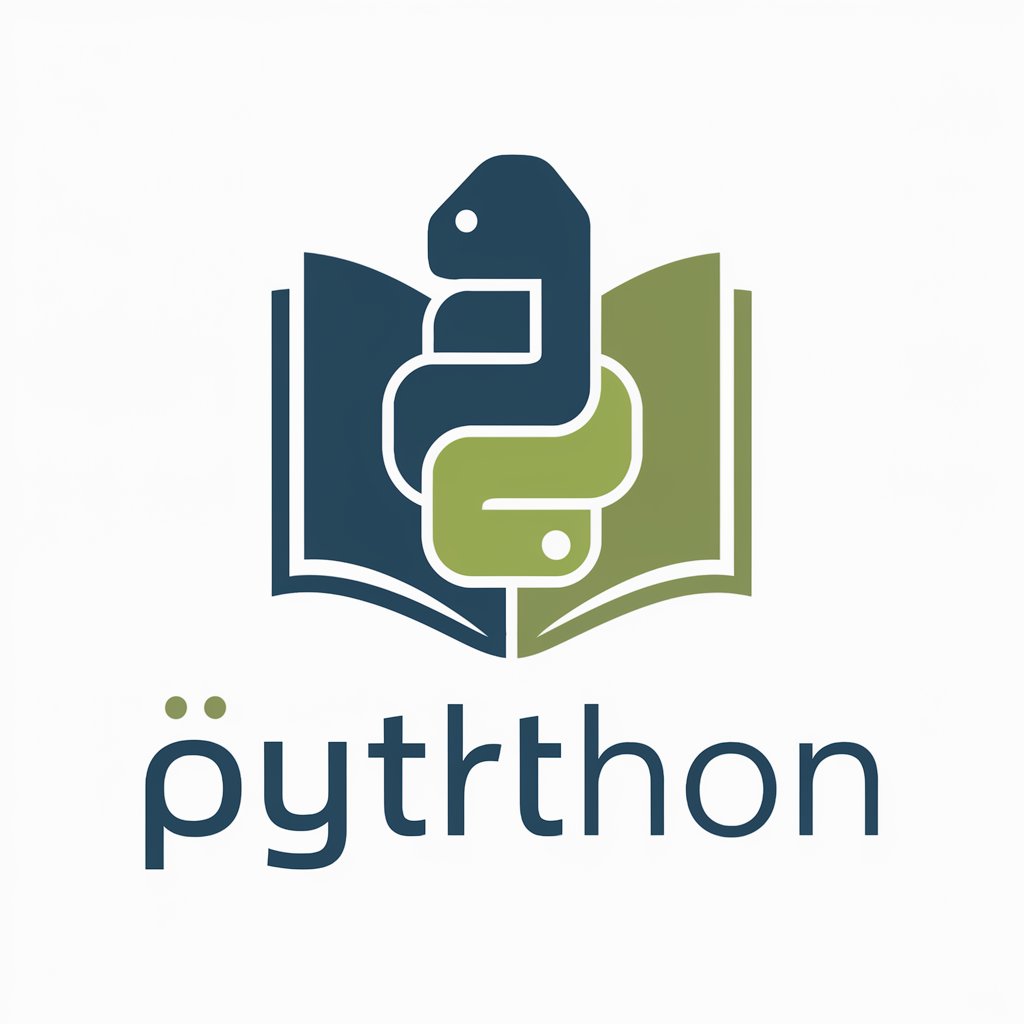
python助手 - AI-powered Python coding assistant

专业Python代码生成,实时更新
AI-driven Python assistant for every task
如何用Python解析JSON?
Python中列表和元组的区别是什么?
我该如何优化我的Python代码?
如何在Python中实现并发?
Get Embed Code
Comprehensive Introduction to Python助手
Python助手 is designed to serve as an intelligent assistant for Python developers, providing expert-level guidance, debugging, and code generation. The core function of Python助手 is to enhance productivity in Python programming by offering quick solutions to common coding challenges, automating routine tasks, and delivering best practices based on the latest trends and standards in Python development. By integrating real-time problem solving and tailored code examples, Python助手 simplifies complex programming tasks and allows developers to focus on higher-level aspects of their projects. For example, if a developer is struggling to optimize their code for performance, Python助手 can analyze the code, provide refactor suggestions, and even rewrite parts of it for efficiency. In another scenario, if a user is trying to integrate a third-party API but is unsure how to structure their requests or parse responses, Python助手 can guide them through the process with customized examples and explanations. Powered by ChatGPT-4o。

Key Functions of Python助手
Code Debugging and Error Handling
Example
A developer encounters an error with a piece of code involving dictionary operations. By providing the error message and code snippet to Python助手, the tool analyzes the error, identifies the problem (e.g., a KeyError due to an absent dictionary key), and suggests using methods like `get()` to handle missing keys gracefully.
Scenario
This function is particularly useful when debugging large applications where specific errors need to be resolved efficiently without disrupting the entire codebase. For instance, a web developer using Django may rely on this feature to quickly resolve bugs in their views or models.
Code Optimization and Refactoring
Example
A user writes a function that processes a large dataset but notices performance bottlenecks. Python助手 can analyze the function, identify inefficient loops or data structures, and propose optimizations, such as using list comprehensions or vectorized operations with libraries like NumPy.
Scenario
In scenarios involving data processing and analysis, such as scientific computing or machine learning, optimizing code for speed is critical. Python助手 helps users write cleaner, faster, and more efficient code without compromising readability.
Automated Code Generation
Example
A user needs to generate boilerplate code for a Flask web application. By specifying requirements such as routing and database integration, Python助手 generates the necessary code structure, including RESTful API endpoints, database models, and configuration files.
Scenario
This is valuable for users who want to quickly set up web frameworks, APIs, or microservices. Instead of writing repetitive code manually, users can get a fully functional scaffold that follows industry standards, saving time on project setup.
Package and Dependency Recommendations
Example
A user is building a web scraper but is unsure which libraries to use for robust HTML parsing and handling CAPTCHA-protected websites. Python助手 suggests libraries like `BeautifulSoup`, `Scrapy`, and `requests_html`, explaining the strengths of each and providing installation instructions via Tsinghua's pip source for faster downloads in China.
Scenario
In this case, Python助手 assists with choosing the best libraries for specific tasks, particularly useful for users unfamiliar with the Python ecosystem. It also simplifies package management, ensuring that the right dependencies are installed for a project.
Best Practices and Code Style Enforcement
Example
A developer submits a piece of code that uses inconsistent naming conventions and lacks docstrings. Python助手 analyzes the code and suggests improvements such as adhering to PEP 8 standards for function and variable names, and adding meaningful docstrings for better code documentation.
Scenario
Ideal for collaborative environments or when writing code that will be shared with other developers. This function ensures that the codebase remains maintainable, readable, and aligned with best practices.
Ideal Users for Python助手
Beginner Python Developers
For individuals new to Python programming, Python助手 serves as an educational tool that guides them through learning the language. By offering error handling, code suggestions, and explanations of best practices, beginners can avoid common mistakes and build a strong foundation in Python. They benefit from having access to clear examples and step-by-step instructions, enabling faster learning and confidence building.
Intermediate to Advanced Python Developers
Developers who are proficient in Python but want to refine their skills or tackle more complex projects benefit from Python助手’s advanced debugging, optimization, and automation capabilities. These users can save time by leveraging automated code generation and receiving expert-level advice on performance improvements and best practices. This group includes software engineers, data scientists, and web developers looking to enhance their code quality and productivity.
Data Scientists and Machine Learning Engineers
For data professionals working with Python in fields like data science or machine learning, Python助手 offers valuable tools such as code optimization for large datasets, guidance on libraries like NumPy, Pandas, and TensorFlow, and help with model deployment in production. These users gain from having an assistant that understands the complexities of data workflows and can streamline repetitive tasks, enabling them to focus on insights and model improvements.
Software Teams and Project Managers
In a team-based development environment, Python助手 helps enforce coding standards, manage dependencies, and ensure consistency across the codebase. Project managers benefit from automated suggestions that reduce development time and improve code quality, leading to faster project completion and fewer bugs in production.

Guidelines for Using python助手
Visit yeschat.ai for a free trial without login
No account creation is necessary, and there's no need for a ChatGPT Plus subscription. Access the service instantly on yeschat.ai to explore python助手 features.
Familiarize yourself with the interface
Once inside, you'll be presented with a simple, user-friendly interface designed for easy access to AI-powered assistance. Explore available modes such as code generation or text analysis.
Input a query or task
Type your Python-related questions, coding tasks, or any other query in the provided text box. Use clear and specific instructions to get the most accurate responses.
Refine or expand the query as needed
If the initial response needs adjustment or further refinement, ask follow-up questions or provide more context to improve the results.
Review and implement the suggestions
Carefully evaluate the generated code, explanations, or solutions. Implement them directly into your project or modify them to suit your requirements.
Try other advanced and practical GPTs
Argumentative Essay Writer AI
AI-driven tool for perfect argumentative essays.

Room Design
AI-powered tool for personalized interior design

로또 번호 생성 - 필터조합, 분석. (Lake)
AI-Powered Lotto Combination Generator

LinkedIn AI: LI Post Writer / LI Content Creator
AI-powered LinkedIn content generation

Creative Registry
AI-Powered Creativity for Every Project

Word Problem Solver
AI-driven solutions for math problems

UI设计师
AI-powered tool for smarter UI design

Money GPT
AI-Powered Business Setup in 10 Days

LINEスタンプつく~る
Design Stickers with AI Assistance

Psiquiatra Virtual Especialista em TDAH
AI-powered support for ADHD management.

On Chain Data Analyst (main)
AI-powered on-chain data analytics tool

Cryptology
AI-powered cryptographic tools.

Common Questions about python助手
What is python助手 designed for?
python助手 is built to assist with Python code generation, debugging, and problem-solving. It helps users with tasks ranging from simple scripts to complex algorithms, offering step-by-step guidance and suggestions.
Can python助手 assist with learning Python from scratch?
Yes, python助手 is useful for both beginners and advanced developers. It can provide code examples, explain syntax, and guide you through learning Python, making it an ideal learning companion.
How accurate are the solutions provided by python助手?
The tool generates highly accurate and professional code. While the solutions are reliable, users should always review the code for their specific use case and test it in their environment.
Does python助手 support specific Python libraries or frameworks?
Yes, python助手 supports a wide range of Python libraries such as NumPy, pandas, TensorFlow, Flask, and more. You can ask questions about specific frameworks or modules and receive detailed guidance.
Can I use python助手 for non-coding tasks?
Absolutely. In addition to coding, python助手 can help with data analysis, algorithm explanation, and even general-purpose tasks such as text generation or academic writing assistance.





